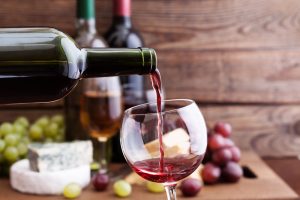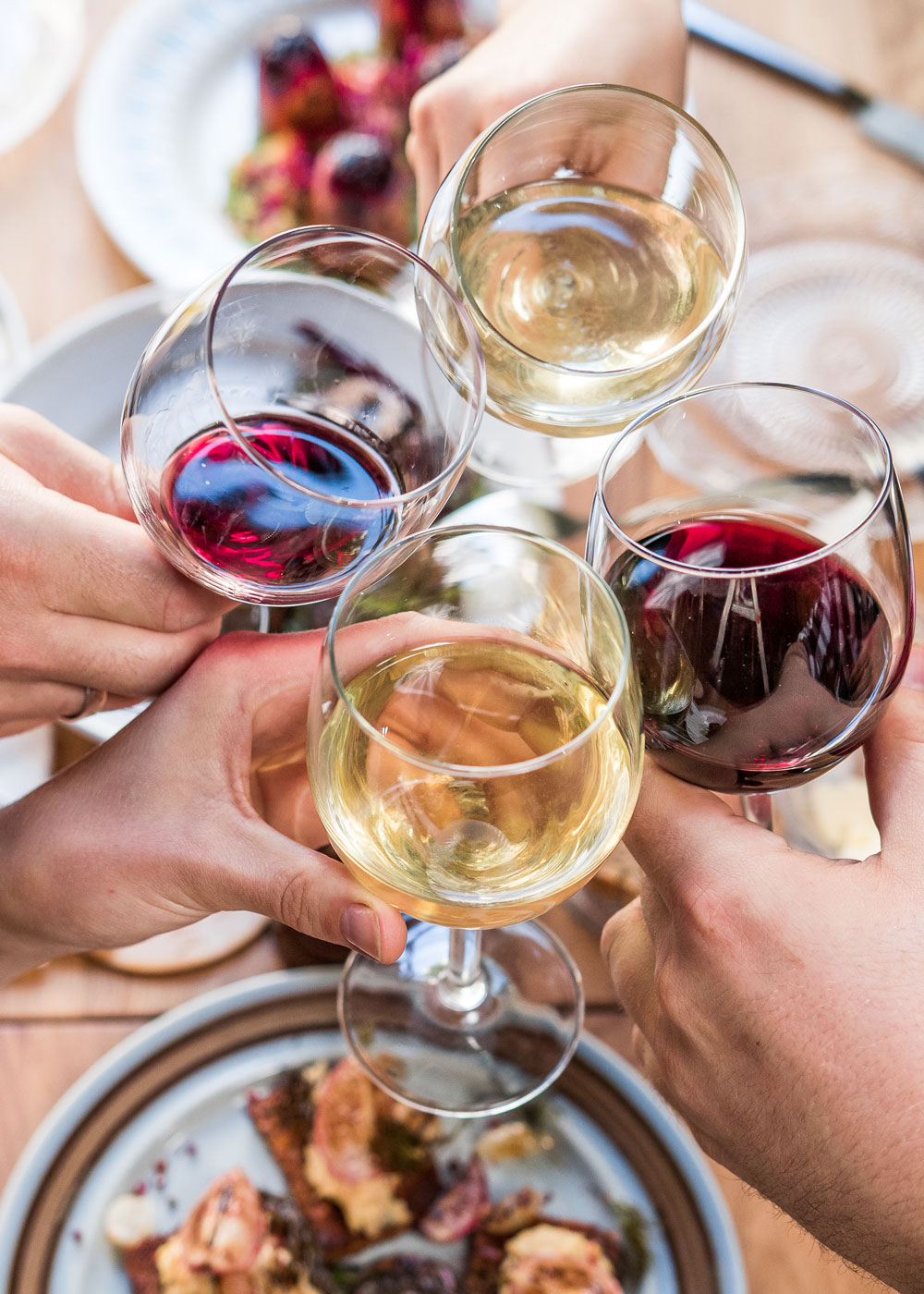Imagine your next wine tasting party or multi-course meal. Maybe you’ll be serving a mix of sparkling, rosé, white, and red wines in a variety of styles – dry, sweet, light, full, smooth, and tannic. Which wine should you try first? Which wines should you save for the end? This post will help you evaluate your wines to arrange them in an order that will enhance your tasting experience.

Tasting Over Time
As we encounter new flavors throughout the day, they begin to influence one another more than we realize. The cup of coffee you had when you first woke up can affect the taste of your lunch hours later. The same is true for wine – the first wine in a series influences the taste of all those following. That’s why it’s important to arrange wines so that those with stronger tastes and more intense structure don’t overwhelm your palate early in the experience. Port’s high alcohol and sugar, for example, can cover the subtle flavors of dry rosé for hours after tasting. Let’s look at some of the characteristics of wines that influence their tasting order.
Dry Before Sweet
Sugar is perhaps the most obvious trait in a wine that can inundate your palate. If you taste a sweet wine before a non-sweet wine – also known as dry wine – the latter will seem thin, sour, and harsh. You’ll miss many of the delicate subtleties and fruit notes in the second wine. This is likely one reason that convention dictates dessert to follow the main course, rather than precede it – as with your dinner, save the sweets for last.

Some wines are obviously very dry, and some are very sweet. For those that fall somewhere in the middle, more factors need to be taken into account.
Non-tannic Wines First
Tannins are compounds in wine that are detected through the sense of touch – they coat the tongue and leave a drying sensation. Tannic wines are nearly always red and can leave that drying feeling in your mouth for quite some time after taking a sip, which may interfere with the enjoyment of non-tannic wines. If you’re dealing with a selection of wines that have similar sugar content, put those with higher tannins later in the sequence. Notable examples of wines with high tannins include Cabernet Sauvignon, Malbec, Tempranillo, most Bordeaux Blends, Barolo, and Brunello.
Unoaked Before Oaked
While some wines like California Chardonnay benefit from the taste of oak, the flavor can linger in your mouth and obscure some flavors in unoaked wines. If you’re serving two wines that are similar in most respects, put the unoaked example first.

Low Alcohol Content Before High
Alcohol content tells you a lot about a wine and can provide a shorthand method for proper serving order. Lower alcohol wines tend to come from cooler climates with less ripe grapes and less initial sugar in the fermentation. All of these factors point to a spot early in the tasting order. Conversely, higher alcohol wines are often sweeter, fuller, and tend to see more oak aging. Arranging wines by alcohol percentage from lowest to highest while keeping sugar, tannin, and oak in mind is the easiest way to come up with the perfect order for your wine tasting.



